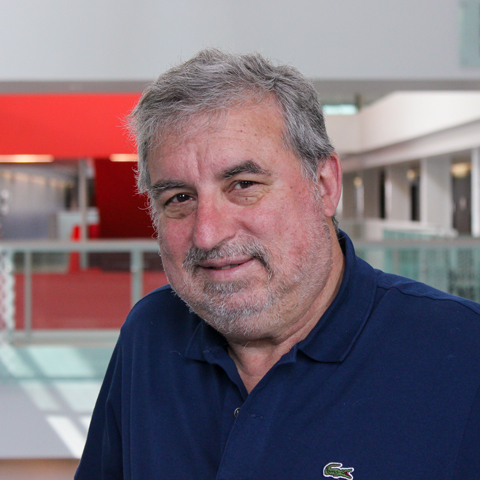
Academic:
Department of Mechanical and Materials Engineering, Queen's UniversityEducation:
Fellowships:
Research Interests

Watch the 2019 John Adjeleian Lecture:
The good, the bad and the beautiful:
Leonardo's studies of turbulence.
Carleton University, April 10, 2019.
Leonardo da Vinci, ca. 1510
What is LES?
The prediction and control of fluid flows over solid bodies is very important from a technological point of view: both the performance and observability of aircraft, surface or submerged vessels, or automobiles, for instance, are very much affected by the flow patterns around the body itself. In many instances, in fact, the aerodynamic (or hydrodynamic) loads are the main source of noise, drag or unsteadiness.
The main obstacle in the prediction of flows is the presence of turbulent motions. These motions can be calculated quite accurately by a numerical solution of the complete set of equations of motion, the Navier-Stokes equations, albeit at costs that are prohibitively high, except for very simple configurations in conditions quite different from those encountered in realistic applications. Any simplified model developed so far, although applicable in realistic cases, requires ad hoc adjustments that are case-dependent. This is due to the fact that turbulent motions in general are strongly affected by the flow configuration, and cannot be reliably described by universal models.
It has been observed, however, that the smallest turbulent motions are more universal than the large ones. If one could develop reliable models for the small turbulent eddies, the numerical solution of the Navier-Stokes equations would be greatly simplified, and its cost decreased by several orders of magnitude.
These considerations form the foundations of, and the motivation for, the technique known as large-eddy simulation (LES). In LES the small turbulent eddies are modeled, and only the motion of the large ones is computed numerically. LES may very well be the only technique capable of predicting some particularly complex flows, especially if three-dimensional effects or unsteadiness are present in the mean.

Journal articles (since 2014)